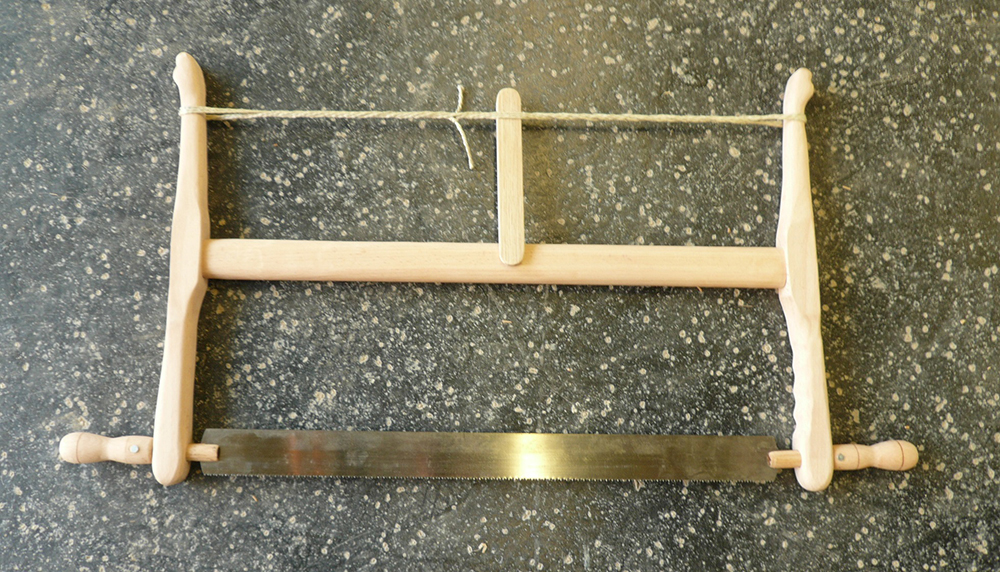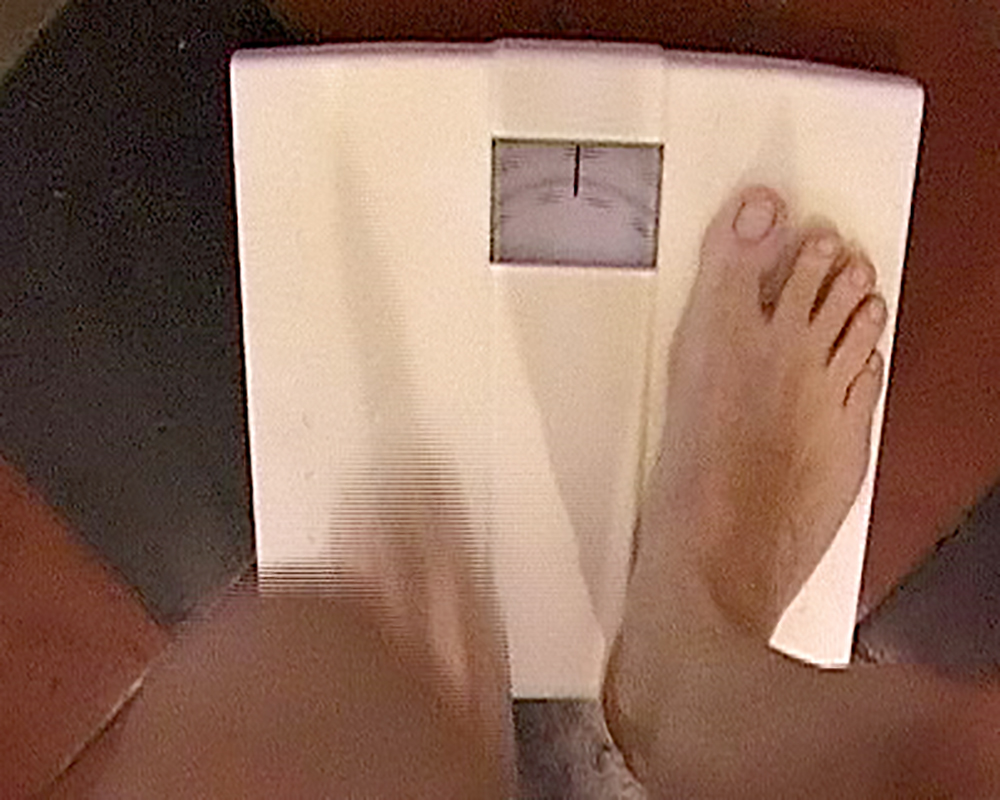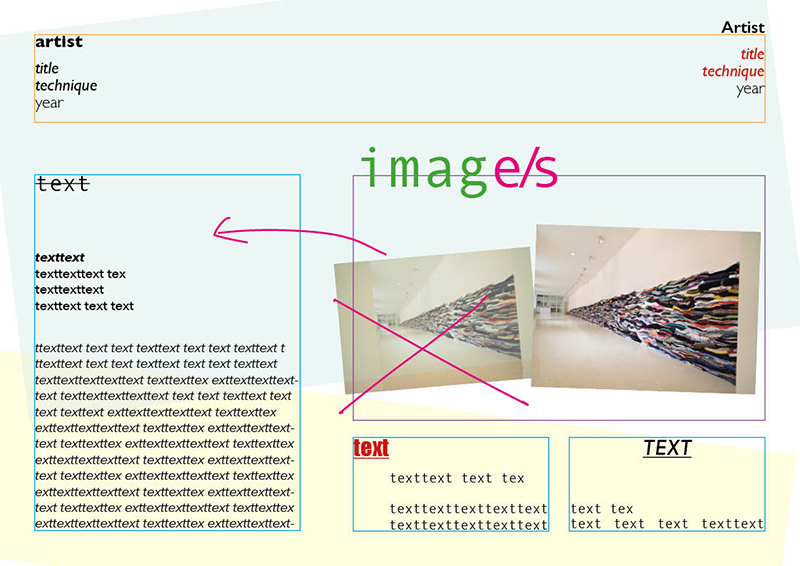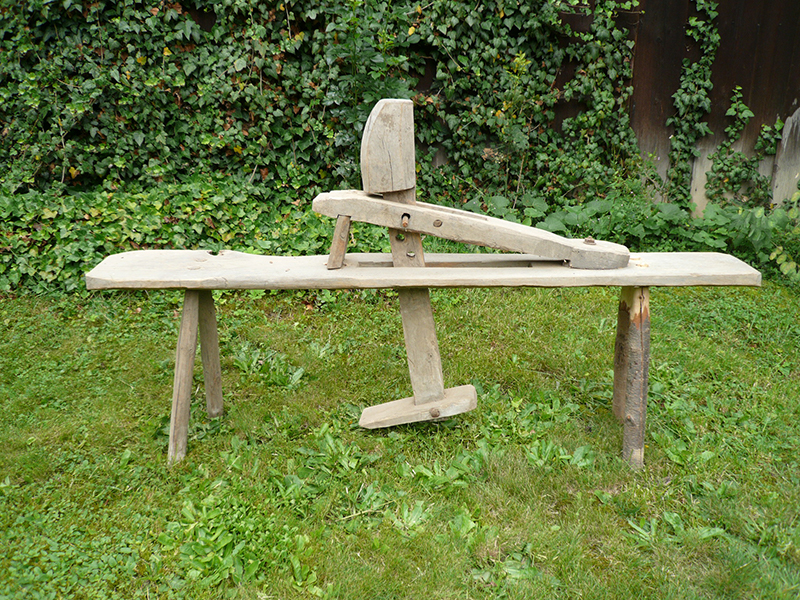-
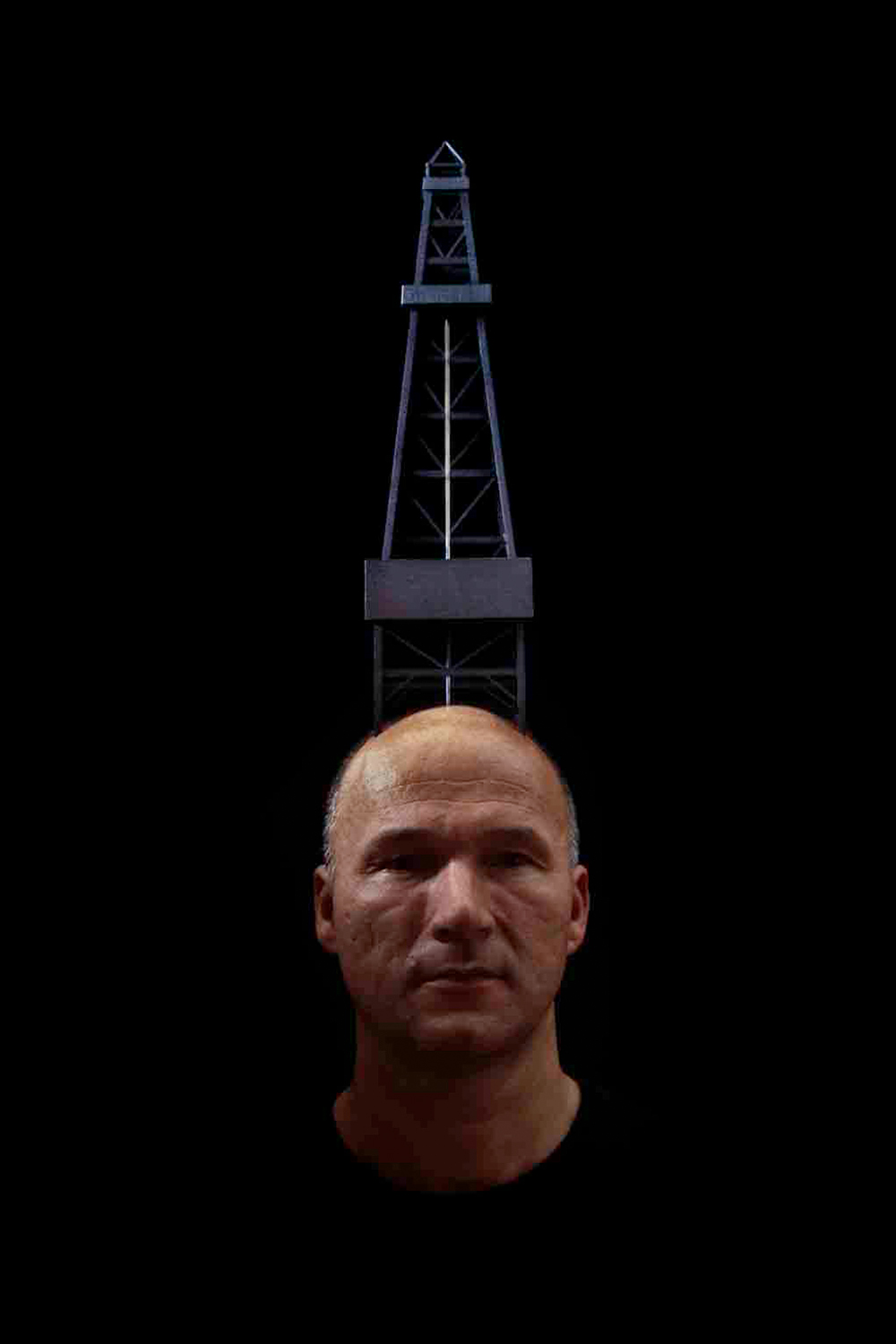
Reflecting Oil – Art and Petroculture
Ernst Logar
Paulusplatz 5, Seminarraum 2. Stock
1030 WienSummer 2019Der Begriff Petroculture beschreibt unsere heutige postindustrielle Gesellschaft als eine Gesellschaft, die durch und durch Erdöl in physischer und materieller Form geprägt ist. Vom Automobil, über Autobahnen, die allgegenwärtige Verwendung von Kunststoffen, über unsere Nahrungsversorgung bis hin zu unserer gebauten Umwelt.
Doch viel signifikanter ist, wie dieser fossile Energieträger unsere Werte, Praktiken, Gewohnheiten und Gefühle gestaltet. Doch ist es schwierig dieses Faktum zu beleuchten.
-
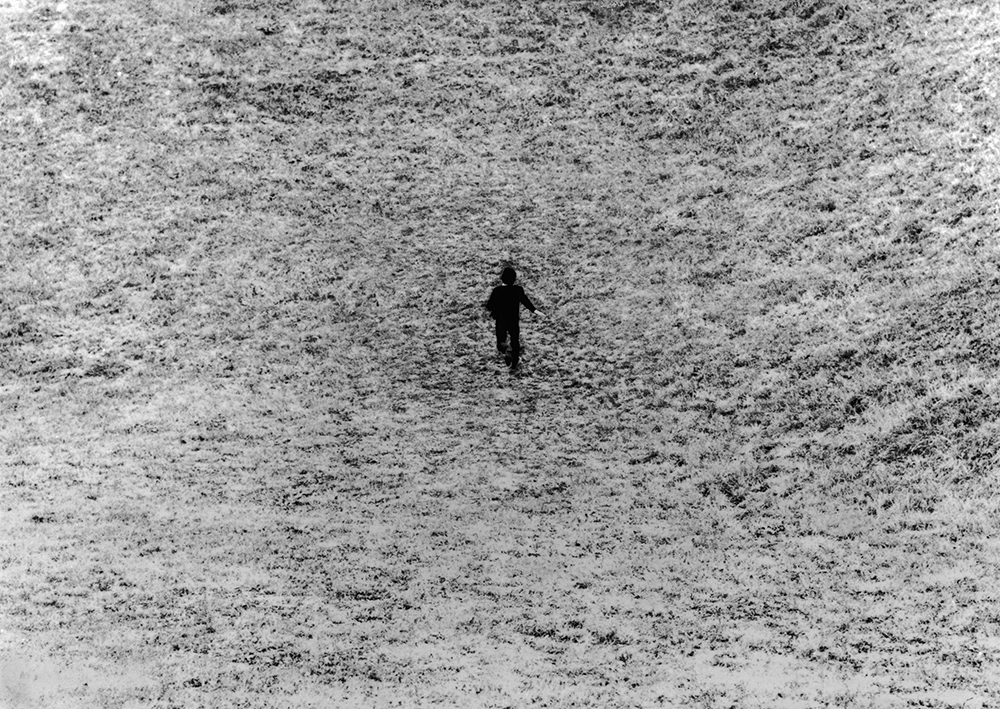
Vorstellungen zu Natur, Landschaft und Universum
Christiane Meyer-Stoll
Paulusplatz 5, Seminarraum 2. Stock
1030 WienKunstmuseum Liechtenstein
Vaduz, LiechtensteinSummer 2019Entrare nell’opera (1971) zeigt Giovanni Anselmo im Zentrum einer mit Selbstauslöser aufgenommenen Schwarzweissfotografie als winzige Silhouette über eine Wiese laufend. Im Betreten des realen Landschaftsraums spiegelt sich nicht nur der unmittelbare Wunsch, selbst als Person das Werk zu betreten, sondern auch Teil des Lebens und des Kosmos zu sein.
-
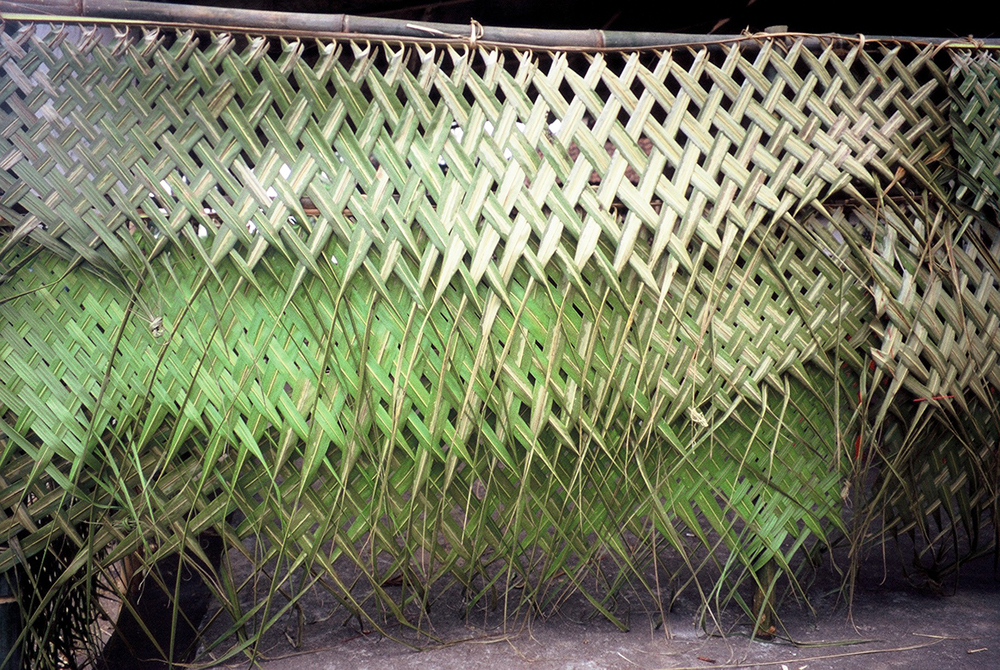
History and Theory of Landscapes
Karin Raith
Oskar-Kokoschka-Platz 2, Seminarraum 06
1010 WienSummer 2019“Whether inside the white cube or out in the Nevada desert, whether architectural or landscape-oriented, site-specific art initially took the ‘site’ as an actual location, a tangible reality, its identity composed of a unique combination of constitutive physical elements…” Das ist einer der ersten Sätze von Miwon Kwons grundlegendem Text “One place after another: Notes on Site Specificity” (1997), der darauf hinweist, dass der “Ort” seit den Anfängen der (explizit) ortsspezifischen Kunst in vielerlei Hinsicht interpretiert wurde.
“Whether inside the white cube or out in the Nevada desert, whether architectural or landscape-oriented, site-specific art initially took the ‘site’ as an actual location, a tangible reality, its identity composed of a unique combination of constitutive physical elements…” This is one of the first sentences of Miwon Kwon’s seminal text “One place after another: Notes on Site Specificity” (1997), which suggests that the ‘site’ has been interpreted in many ways since the beginnings of (explicitly) site-specific art.
-
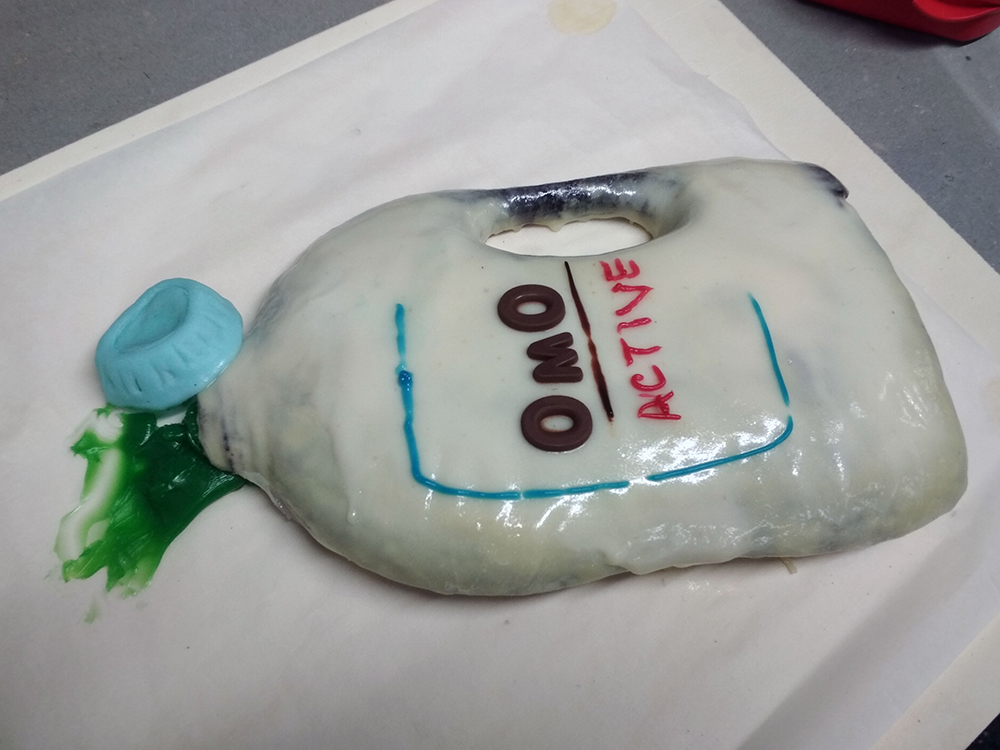
mold making and casting
Gabriele Edlbauer
Paulusplatz 5, Werkstatt
1030 WienSummer 20191. Salty, Smoky, Oily: Mold making for gourmets and beginners
Die Lehrveranstaltung ist eine Einführung in Abform- und Gusstechniken unter Anwendung diverser Materialien (Silikon, Alginat, Akrylgießharz, Beton, etc) zum Bau von verlorenen und wiederverwendbaren Formen.2. Moulage dynamique – project based mold making
Die Lehrveranstaltung findet projektbetreuend und interessensvertiefend zu Vorhaben der teilnehmenden Studierenden statt. Ziel ist das gemeinsame Finden und Umsetzen von gusstechnischen Lösungen.1. Salty, Smoky, Oily: Mold making for gourmets and beginners
The class is an introduction to mold making and casting with diverse materials (silicone, plaster, alginate, acrylic resin, concrete etc) for building both lost and re-usable molds.2. Moulage dynamique – project based mold making
The course takes place in a project-oriented way and with consideration of the interests of the participating students. The aim is to collectively find and realize casting solutions.
-
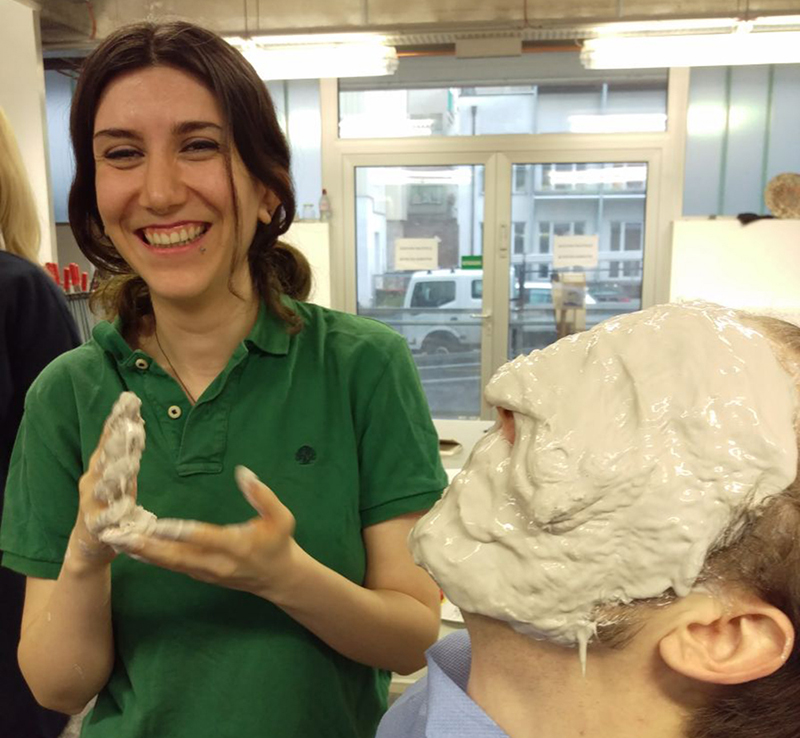
Mold Making
Gabriele Edlbauer
Paulusplatz 5, Werkstatt
1030 WienWinter 2018/191. Salty, Smoky, Oily: Mold making for gourmets and beginners
Die Lehrveranstaltung ist eine Einführung in Abform- und Gusstechniken unter Anwendung diverser Materialien (Silikon, Alginat, Akrylgießharz, Beton, etc) zum Bau von verlorenen und wiederverwendbaren Formen.2. Moulage dynamique – project based mold making
Die Lehrveranstaltung findet projektbetreuend und interessensvertiefend zu Vorhaben der teilnehmenden Studierenden statt. Ziel ist das gemeinsame Finden und Umsetzen von gusstechnischen Lösungen.1. Salty, Smoky, Oily: Mold making for gourmets and beginners
The class is an introduction to mold making and casting with diverse materials (silicone, plaster, alginate, acrylic resin, concrete etc) for building both lost and re-usable molds.2. Moulage dynamique – project based mold making
The course takes place in a project-oriented way and with consideration of the interests of the participating students. The aim is to collectively find and realize casting solutions.
